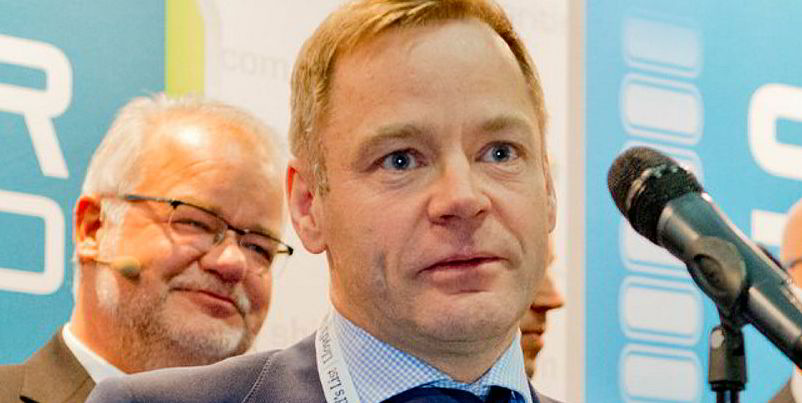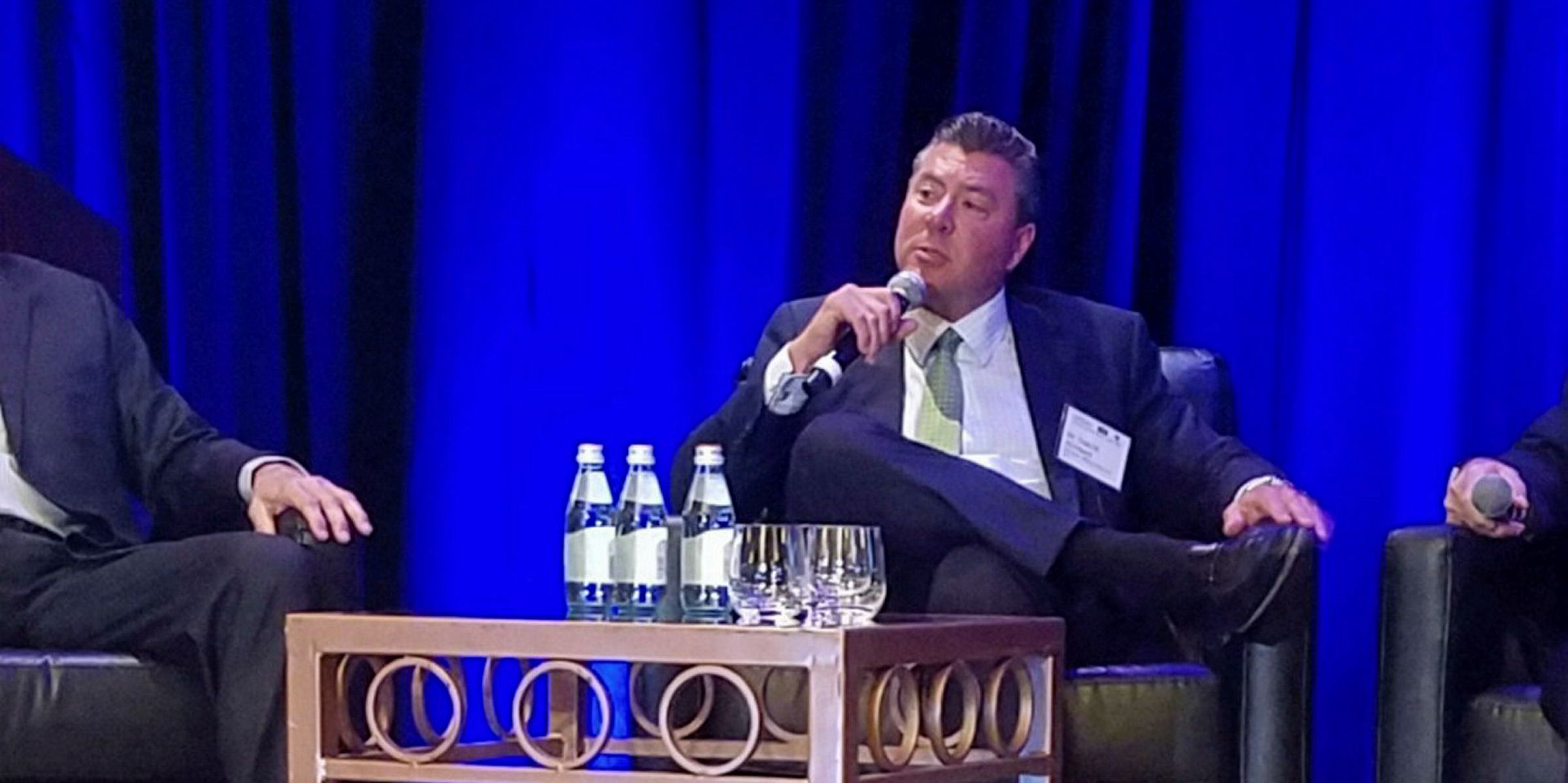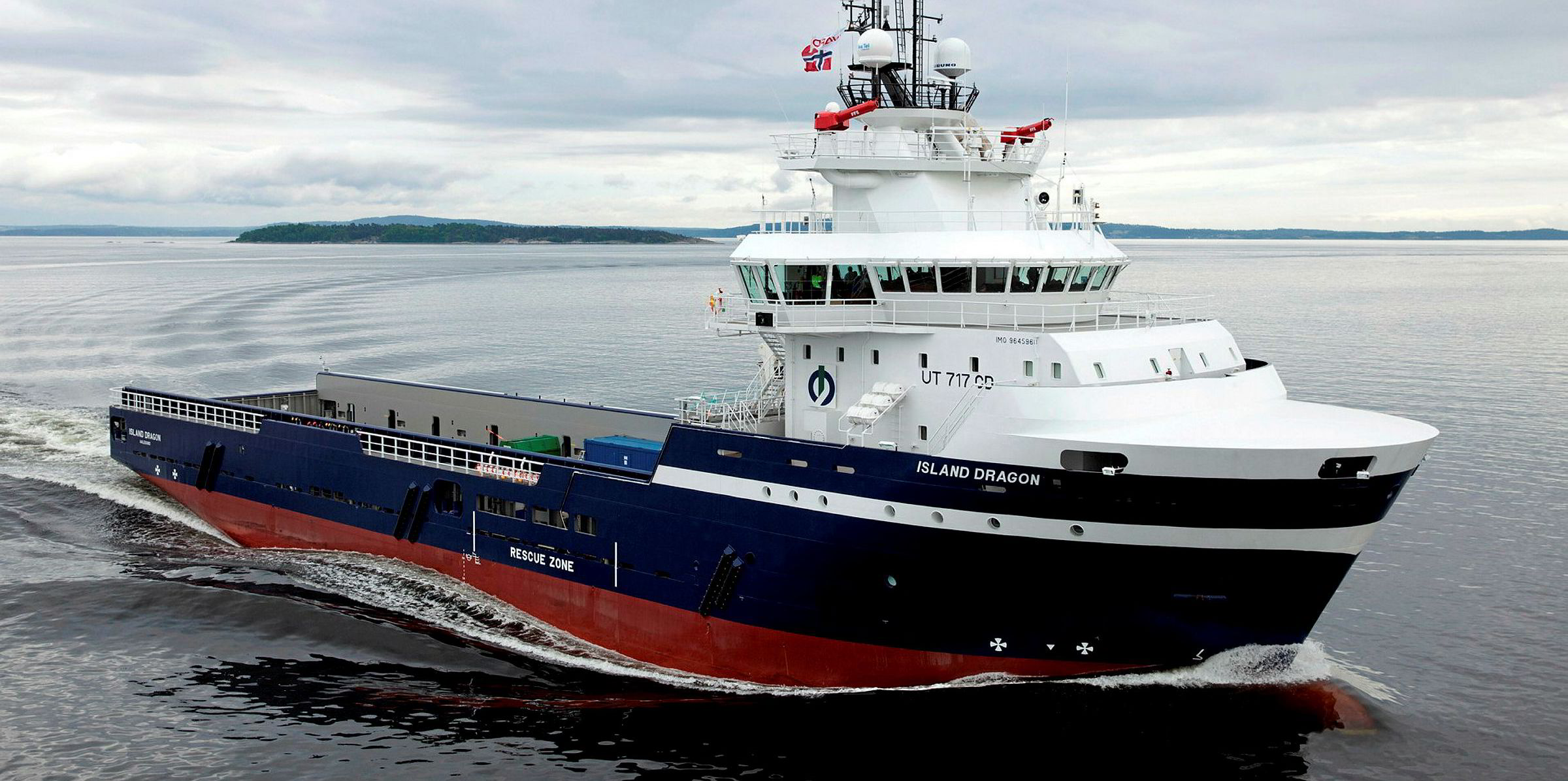It is the offshore headache that won’t go away — what to do with the 73 laid-up vessels languishing in Norwegian and UK ports.
The consensus among industry players is that some of these ships will be needed as the recovery progresses. But bringing them back into play will have to make economic sense for owners.
VesselsValue head of offshore Robert Day says: “Unfortunately, reactivation is not a straightforward process.
“Costs are estimated at around $1.5m to $2m per vessel, so for a shipowning company to spend this type of money, it needs to be cost effective.”
And reactivation is not without risks. Cutbacks to the workforce could slow the process as there are fewer highly trained staff to undertake the works, Day explains, while systematic equipment checks will be needed to ensure the vessel is in a condition that will not put off potential charterers.
“This is an expensive and demanding process, which means companies must see the promise of solid work potential,” he adds. “Depending on the quality of the lay-up procedure, quick reactivation may be impossible.”

More reactivations coming?
Nordic American Offshore, Siem Offshore and Havila Shipping are among those owners to have taken their offshore supply vessels out of lay-up in recent months.
“There appear to be nine [Tier 1] North Sea potential reactivation candidates. On the flip side, there are currently 33 laid-up vessels which do not match this requirement, five of which have special surveys due,” Day says.
selecting vessels
“In current market conditions, non-Tier 1 vessels are not wise candidates for reactivation. However, even more importantly, the costs involved with a special survey make it even less cost-effective to reactivate.”
On the brighter side, Norway’s Westshore Shipbrokers tells TradeWinds: “Since there is a lack of newbuildings and the current fleet is ageing, the increase in
demand must be covered by laid-up vessels.

“In addition, the supply of premium vessels in lay-up is very limited, especially in the North Sea, which means that smaller non-premium vessels will be taken out of lay-up.”
Substantial investment needed
Solstad Offshore chief executive Lars Peder Solstad believes there is a future for some of the laid-up ships, but not for the majority.
“Most of the vessels still in lay-up have been there now for several years. This means a substantial investment is needed to reactivate and get them in a condition to get back to work,” he says.
“That tipping point — of the investment needed to get many of these ships back to work versus what the ship will earn once it’s on charter — is still a long way off for many of these vessels.
“Meanwhile, the months go by, the amount of money needed to reactivate goes up, but the charter rates still don’t justify reactivation.
“The likely outcome will be a mixture of reactivating what is economically viable, sale to markets outside of the offshore industry and a good bit more scrapping than what we have seen to date.”
Rival owner DOF’s chief executive Mons Aase says his outfit has analysed the laid-up European OSV fleet, which he describes as “a mixed bag”.
“A large part of it is old, with ‘low’ specifications,” he adds.

“We believe that a significant part of the fleet will not come back working in the North Sea, but a smaller part of the fleet consists of vessels that meet, or partly meet, the age and specifications required.”
The case for older ships
As to which vessels will be reactivated, Keith Fletcher, managing director of platform supply vessel manager Fletcher Shipping, says: “I believe that there is a future for the younger vessels that currently remain in lay-up.
case for veterans
“There is obviously a cost to reactivate, and this will depend hugely on where and how each vessel was laid up.
“However, most owners are still struggling with availability of funds, so this will play a huge part in the reactivation process.”
A shortage of experienced seafarers could also be a factor, he adds: “We have lost a lot of experienced personnel from the offshore sector, and this is going to be our biggest challenge and may limit the return of vessels to the market.”
Fletcher also defends the more elderly units among the laid-up European OSV fleet.
“We are currently dry-docking vessels for their 10-year special surveys, and because of the lack of utilisation during the past five years, guess what — their equipment and engine hours are well below manufacturers’ guidelines for overhaul,” he says.
“These vessels may be 15 years old on paper, but they have not done nearly as many hours as they were designed to do.”






